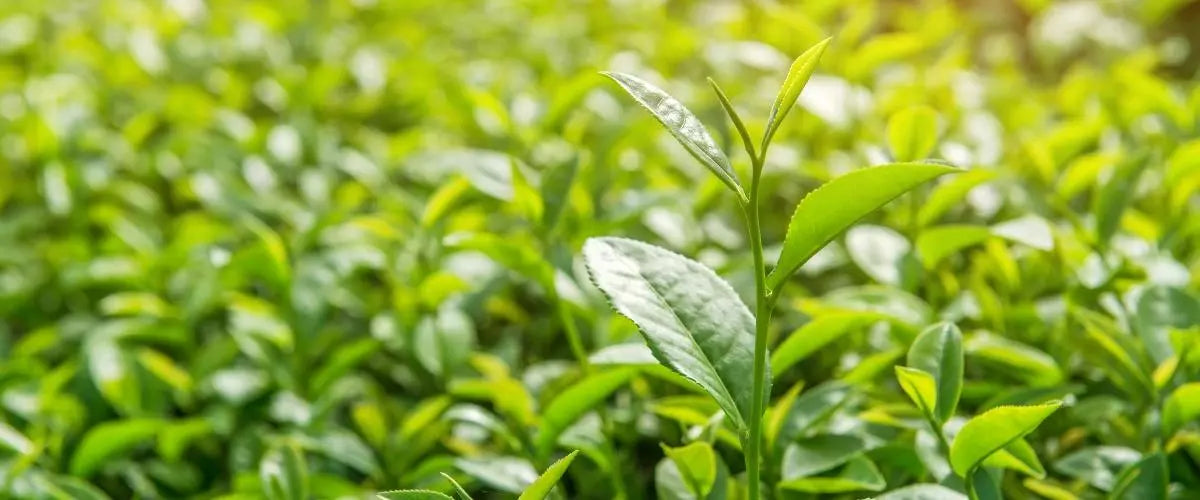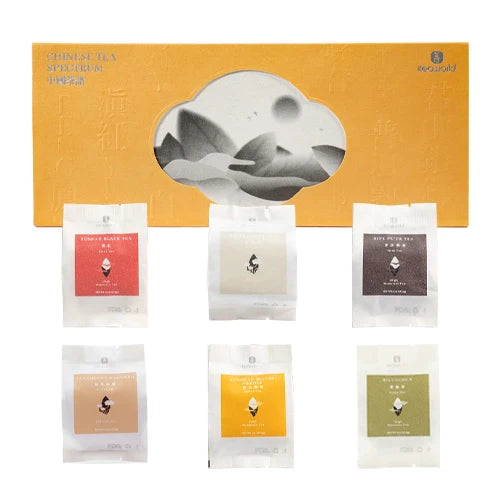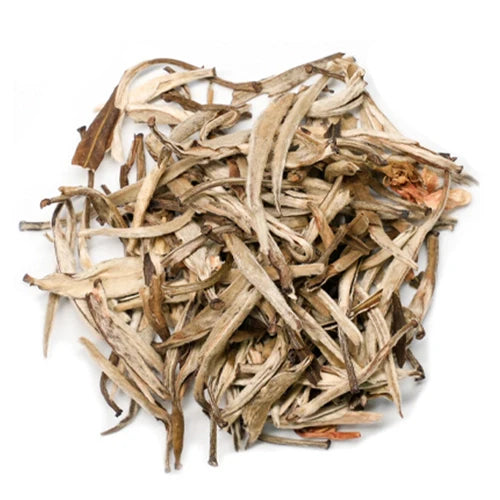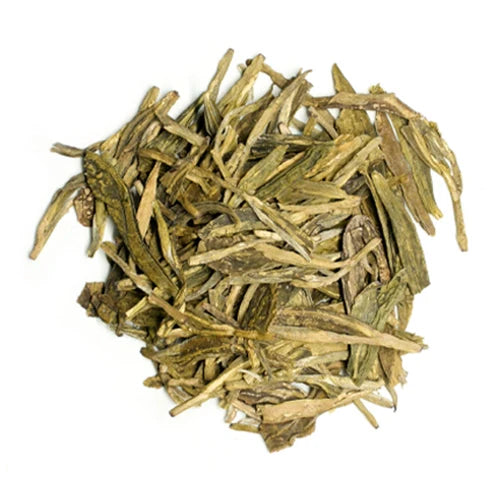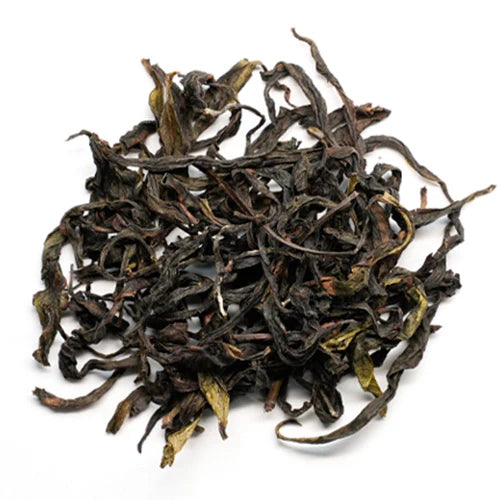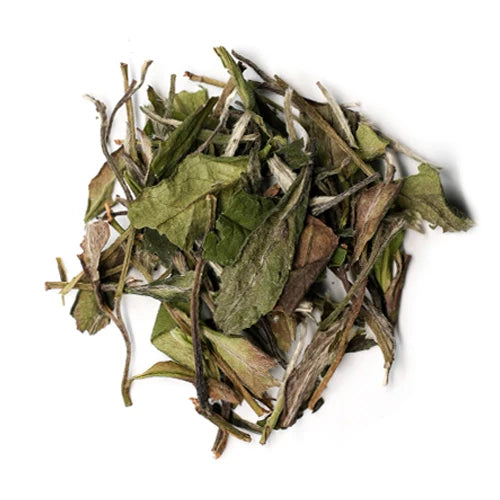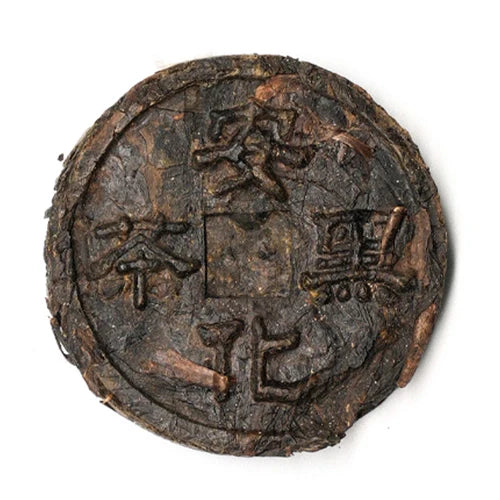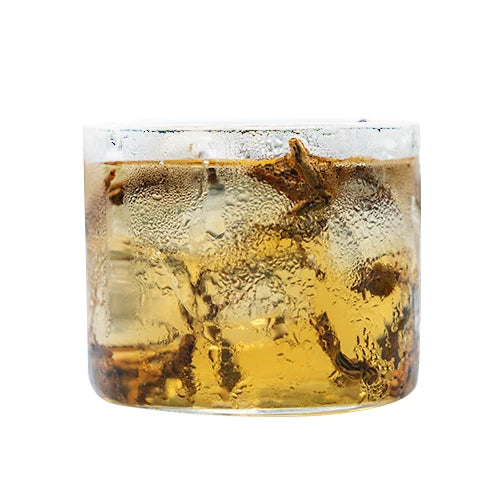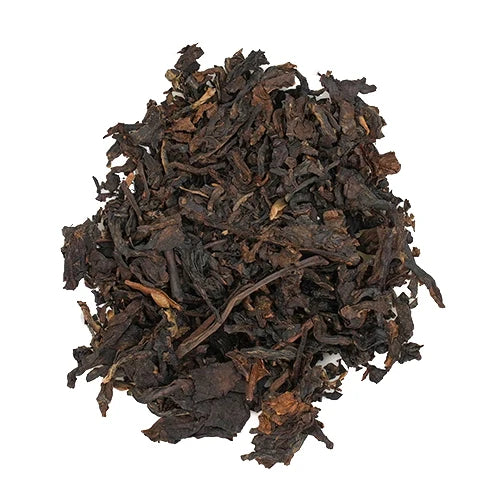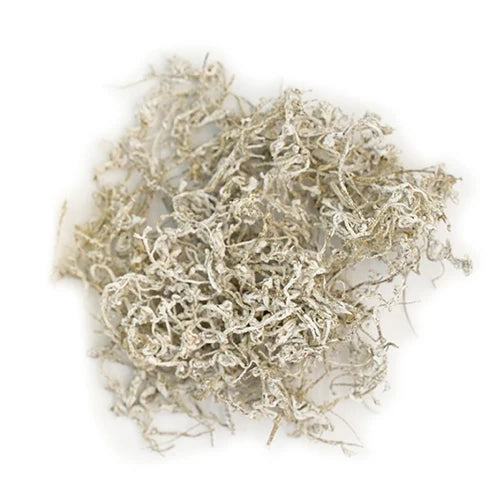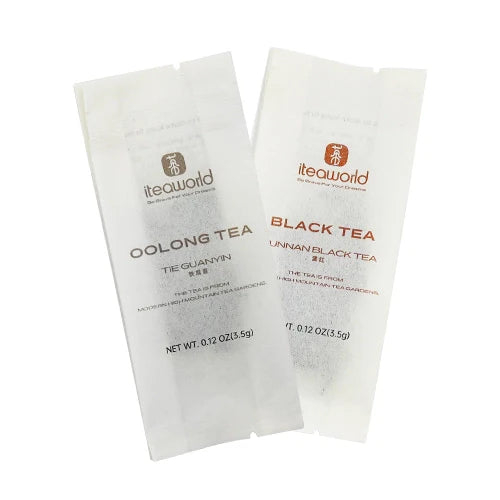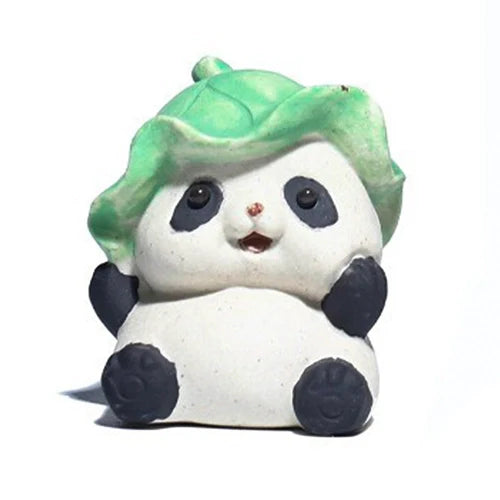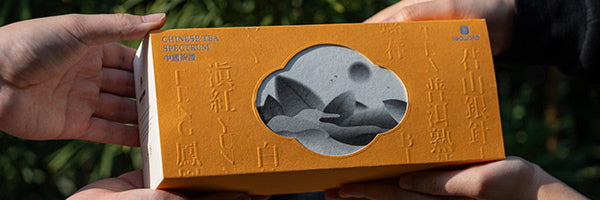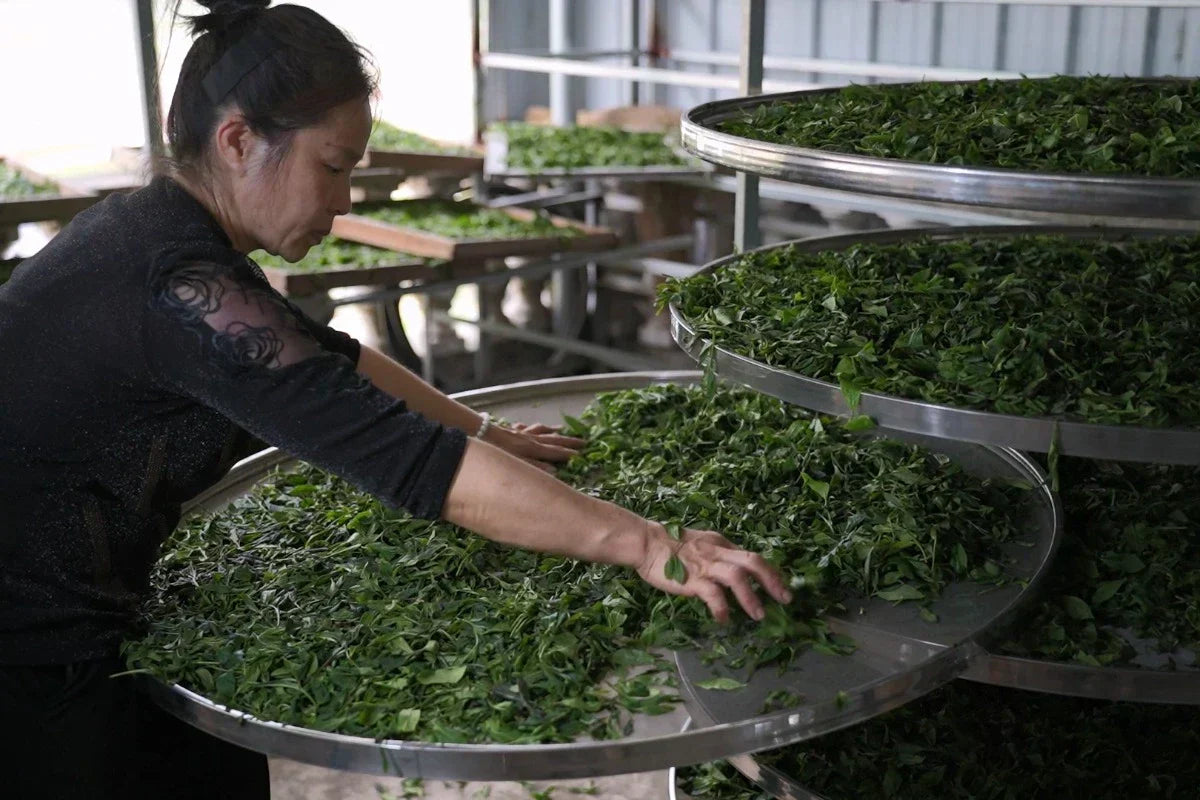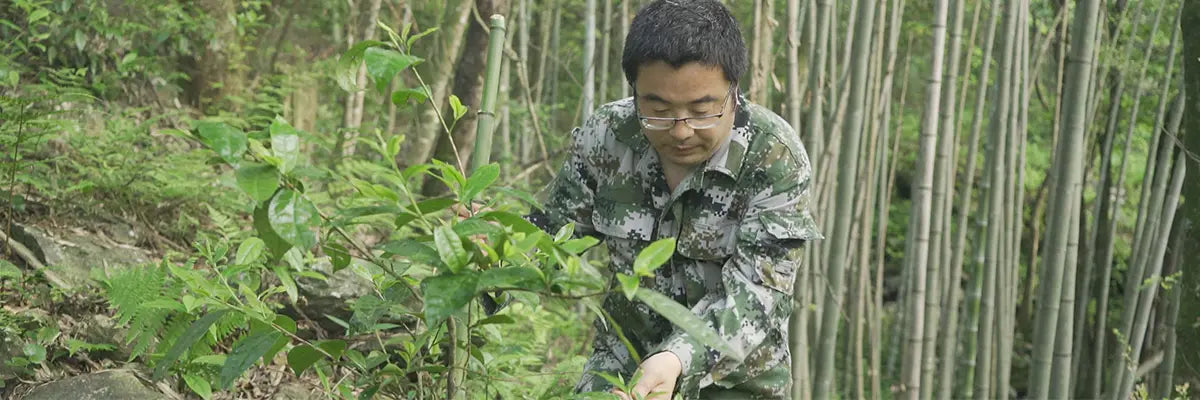Спрятавшись в туманных горах уезда Шанлинь, Гуанси, госпожа Хуан Цзямэй на первый взгляд может показаться скромной деревенской кухаркой. Она держит скромную лавку, торгующую рисовой лапшой и жареной уткой. Но не заблуждайтесь: за прилавком стоит настоящий мастер дикого чая .
Хуан Цзямэй — один из наших партнёров-чаеводов, специализирующийся на диком чёрном чае. Она живёт в уезде Шанлинь города Наньнин, провинции Гуанси-Чжуанский автономный округ — горном районе, куда можно добраться на машине от станции высокоскоростной железной дороги Наньнин примерно за три часа. Шанлинь — относительно бедный уезд, где проживает много представителей народностей чжуан и яо.

Около десяти лет назад, в поисках древних чайных деревьев, мы обратились к журналу Guangxi Geography и местным чайным хроникам. Из них мы узнали, что на горе Дамин, возможно, всё ещё растут дикие древние деревья. Поэтому мы отправились туда и посетили местных чайных фермеров, по одному дому за раз. Так мы наконец познакомились с госпожой Хуан.
Её чёрный чай был просто замечательным — настолько насыщенным и мягким, что даже свежий чай имел вкус, словно ему было пять лет. Позже мы узнали, что это не случайно. Она училась чаеварению у опытного мастера из снабженческо-сбытового кооператива провинции Гуанси и достигла особого мастерства в изготовлении диких чёрных и зелёных чаёв этого региона.

Чай на горе Дамин имеет долгую историю. В «Путевых заметках» Сюй Сякэ, знаменитый путешественник времён династии Мин, описывал гору как «окутанную облаками» – место, одновременно прекрасное и идеально подходящее для выращивания чая. Выращивание и обработка чая в этом районе начались ещё во времена династий Мин и Цин, в основном для местного потребления. В 1956 году система Нункэн в Гуанси основала первую государственную чайную плантацию на горе Дамин, расчистив более 100 му террасных земель и засеяв семенами чая, в основном крупнолистовых сортов Юньнани, чтобы начать масштабные посадки.

К 1965 году чайный завод был запущен в эксплуатацию, и гора Дамин стала ключевой базой для экспорта ломаного чёрного чая, известного своими «тёмными гранулами, ярко-красным настоем и насыщенным вкусом». Один из выдающихся местных сортов — крупнолистовой чай Аньтан, местный сорт, богатый аминокислотами, идеально подходящий для чёрного и тёмного чая. Сегодня это некогда забытое сокровище вновь открыто. Наш дикий чёрный чай изготавливает мадам Хуан именно из этого местного сорта.

Это сделанная вручную вывеска с изображением чая, которая висит перед домом мадам Хуан.

Сегодня она — ведущий эксперт как по заварке, так и по продаже чая в своей деревне. Большинство жителей деревни не умеют обрабатывать чай самостоятельно, поэтому продают ей свежие листья, а она занимается всем остальным — от обработки до поиска покупателей.
Мадам Хуан — жизнерадостная и заботливая мать. В то время как многие жители деревни уехали работать в город, она решила остаться, чтобы её двое детей росли рядом с родителями. Чтобы прокормить семью, она не только заваривает чай, но и продаёт рисовую лапшу по-гуансийски и жареную утку.
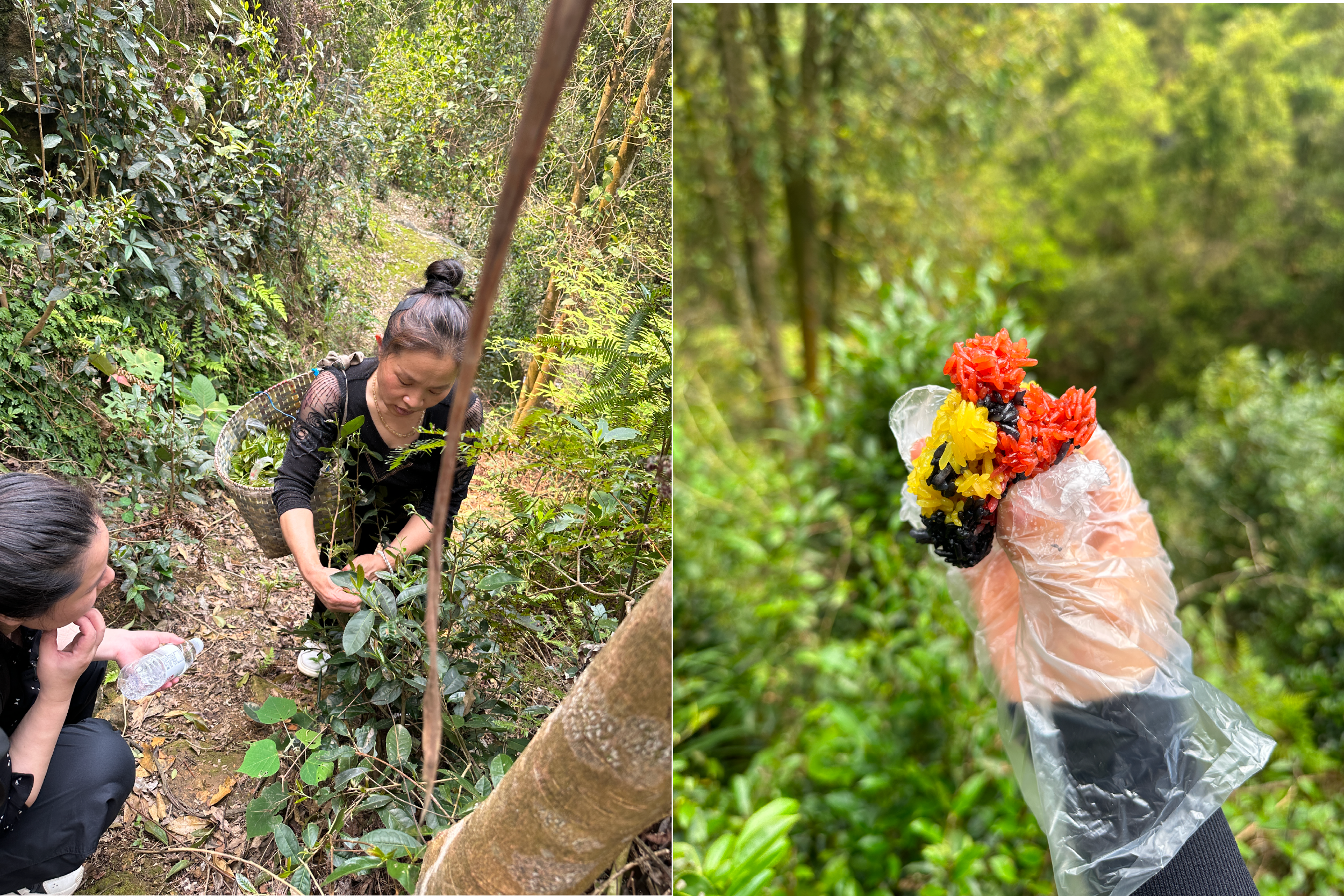
Когда она отправляется в горы собирать чай, она берет с собой пятицветный клейкий рис, окрашенный натуральными красителями с использованием различных местных растений.
Мы навестили её в разгар чайного сезона. Она часто не спит ночами, заваривая чай, а днём продаёт рисовую лапшу и жареную утку. И всё же её стандарты никогда не колебались. Взять, к примеру, её жареную утку: каждую утку ощипывают вручную. « Другие часто используют асфальт для удаления перьев, — сказала она нам, — но это ядовито. Если я сама не стала бы его есть, как я могу продавать его другим? » Годы ручного ощипывания привели к тому, что её большой палец на правой руке навсегда согнут.
Мадам Хуан также очень избирательно подходит к выбору чая, используя только листья без пестицидов. Она настаивает на том, что всё, что предназначено для употребления в пищу, должно быть безопасным. Годы заваривания чая оставили на её руках чёрные пятна, которые уже не отмыть. Когда мы спросили её, почему она продолжает заваривать чай, она ответила: « Сначала это было для выживания. Потом я влюбилась в горы и сбор чая. К тому же, я смогу делать это даже в старости — это даёт мне чувство безопасности ».

Она также научила нас отличать дикий чай от чая, выращенного на плантации. « Дикий чай становится тоньше, словно ему не хватает питания », — пошутила она. « Но дикие сорта — это обычно местные сорта с более медленным циклом роста. При одинаковых условиях сбора они, как правило, более нежные».

В её рисовой лапше чай всегда бесплатный. Любой желающий может зайти и налить себе чашечку. Этот чай заваривается из просеянных кусочков, оставшихся после обработки красного чая. Он не изысканный, но согревающий, ароматный и сытный.

А рисовая лапша? Незабываемое удовольствие. Лучшая лапша в стиле Гуанси, которую мы когда-либо пробовали. К сожалению, нам не удалось попробовать её жареную утку — она настолько популярна, что её быстро раскупают. Люди приезжают издалека, чтобы купить её. Честно говоря, мы начали верить, что те, кто мастерски владеет чаем... могут быть ещё и талантливыми поварами от природы.
Процесс сбора и приготовления чая вместе с Хуан Цзямэем.





